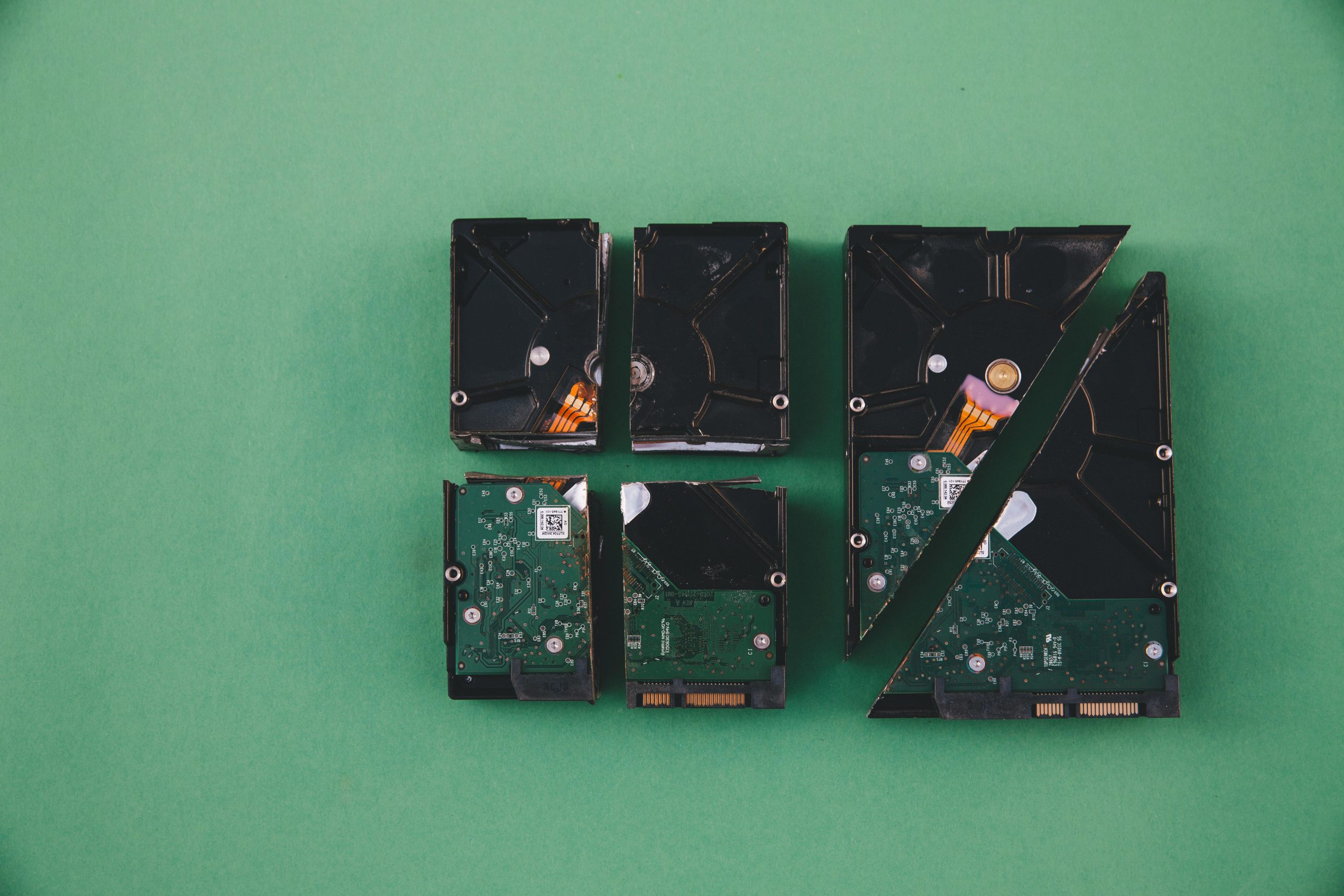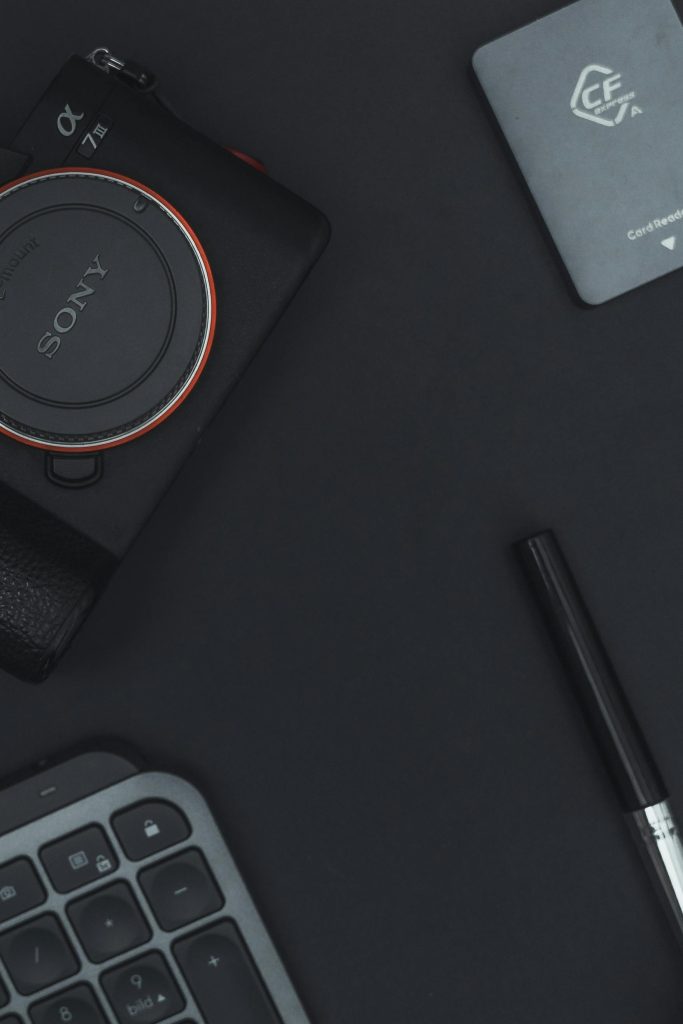Effective Recovery Strategies for Partial Screen Recordings on External Storage: Tips for Notebook Users and Data Preservation
Recording screen activity on a limited-resource laptop can sometimes lead to unexpected issues, especially when saving large files to an external drive. If you experience a crash during your screen capture session, understanding your options for data recovery and best practices for device handling becomes crucial. This article explores such a scenario with practical insights and recommended procedures.
The Scenario: Recording Challenges on a Vintage Laptop
Imagine working on a mid-2010s Lenovo IdeaPad Yoga 2 Pro, equipped with an Intel Core i7-4500U processor, 8 GB RAM, and a high-resolution display. You’re using the Windows 10 Home operating system to record a Zoom meeting via Xbox Game Bar, directing the footage to an external Seagate Expansion HDD formatted from exFAT to NTFS. With numerous browser tabs open and simultaneous background processes, system resources are strained during recording.
Suddenly, the system begins to stutter heavily. The recording freezes, then crashes with an error code indicating resource exhaustion. The external drive, while connected via USB 3.0, only contains a partial video capture, which isn’t visible in your file explorer. You now face questions regarding data integrity, potential damage from disconnecting the drive, and methods for quick recovery.
Understanding the Root Cause
In resource-constrained environments, high CPU and RAM usage—exacerbated by dozens of open browser tabs and background tasks—can cause application crashes during intensive operations like screen recording. The crash in this scenario likely resulted from insufficient system resources, leading to a failed save and partial file corruption.
Furthermore, the external drive, though designed for large storage, may have only partial, potentially corrupted video data due to abrupt termination of the recording process.
Is Disconnecting the External Drive Safe?
If the drive is still mounted and you haven’t explicitly ejected it, disconnecting it improperly may risk further data corruption. Operating systems typically cache write operations, and forcibly disconnecting can lead to partial file loss or filesystem issues, especially if the drive was in use during the crash.
Best Practice:
– Try to safely eject the external drive through your operating system’s Safely Remove Hardware feature.
– If the system isn’t responsive, and the drive appears inactive, a forced disconnect may be necessary—but be aware it could compromise data integrity.
Approaches to Data Recovery
Given the circumstances, your goal
Share this content:



